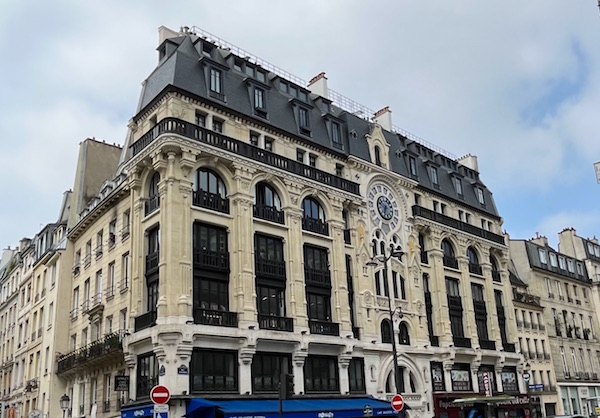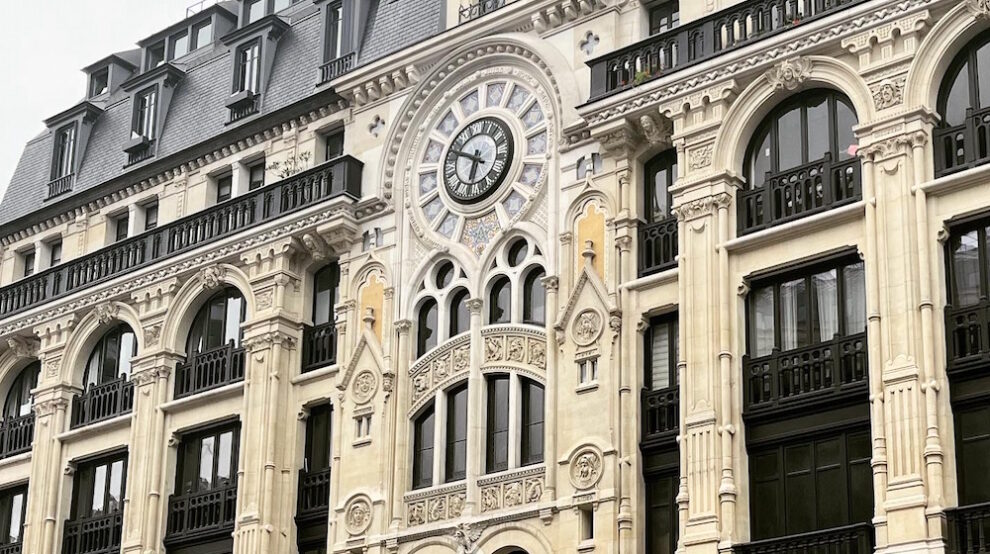Le Sentier, in the 2nd arrondissement, is much more than the textile district. A reputation that has stuck with it since the 19th century, when it became the center of Parisian fashion and luxury. Very old district of Paris, it offers a nice walk, where historical places rub shoulders with small streets with medieval airs. From the oldest covered passage in the capital to architectural curiosities, an original discovery in the heart of the city.
Start your walk at the Sentier metro exit (line 3) and head towards Rue du Sentier. One of the exits, at n°97 rue Réaumur, comes out of a building. A rarity in Paris, rather typical of the London network. Head towards rue du Sentier.
Rue du Sentier, which gave its name to the district, reminds us that until the 16th century it was the outer path of the city, when it was protected by the Charles V enclosure (14th century). Rue de Cléry and rue d’Aboukir also remind us of the layout of this fortification and its ditches.
At number 8 rue du Sentier you can see the Mozart House. here, in 1778, died the mother of the young prodigy, who accompanied him on a European tour.

Her funeral took place in the nearby Saint-Eustache Church, on which the parish of Le Sentier depended. There were only two people present: Mozart, and a friend. She was buried in the nearby Saint-Joseph cemetery, where Molière was also buried. This cemetery no longer exists.
Take rue des Jeuneurs, then rue Poissonnière on the right. Head towards the green wall on Rue des Petits Carreaux. An invention that we owe to the botanist Patrick Blanc, at the origin of this concept in the 1980s. It is to him that we also owe the green wall of the Quai Branly museum. A Street-Art wall is also visible.
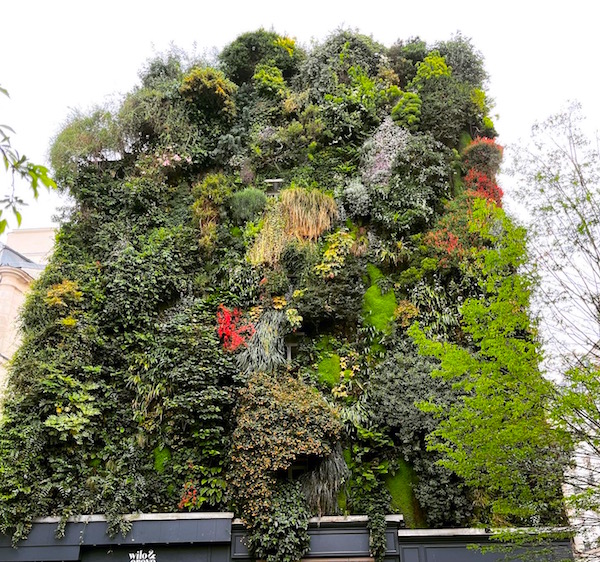
Take rue d’Aboukir. The block of buildings surrounded by the Damietta, the rue des Forges and the rue du Caire rests on one of the former Court of Miracles in Paris. It is this, the most terrible, which inspired Victor Hugo in Notre-Dame de Paris:
“City of thieves, hideous wart in the face of Paris; sewer from which escaped each morning, and where returned to stagnate each night this stream of vices, begging and vagrancy always overflowing in the streets of the capitals, monstrous hive where all the hornets of order returned in the evening with their booty social.”
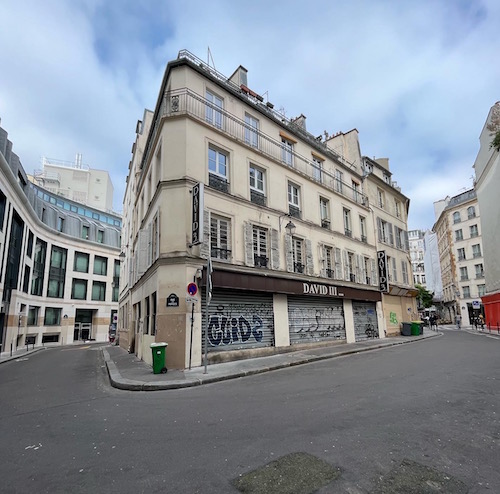
Place du Caire is the Passage du Caire, the oldest passage in Paris visible today. Although the most historic, this passage was never very successful, even at the time of its construction.
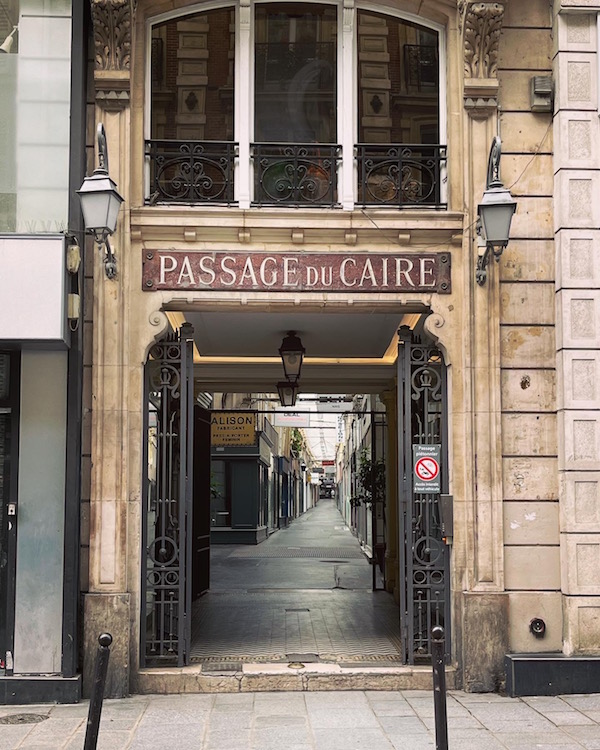
Cross the passage to rue Saint-Denis. One of the oldest streets in Paris, used by the Kings and Queens of France for their solemn entry into the capital. Go right and head towards Rue Réaumur.
Rue Réaumur stands before you the superb Cathedral building, between neo-Gothic and Art Nouveau.
